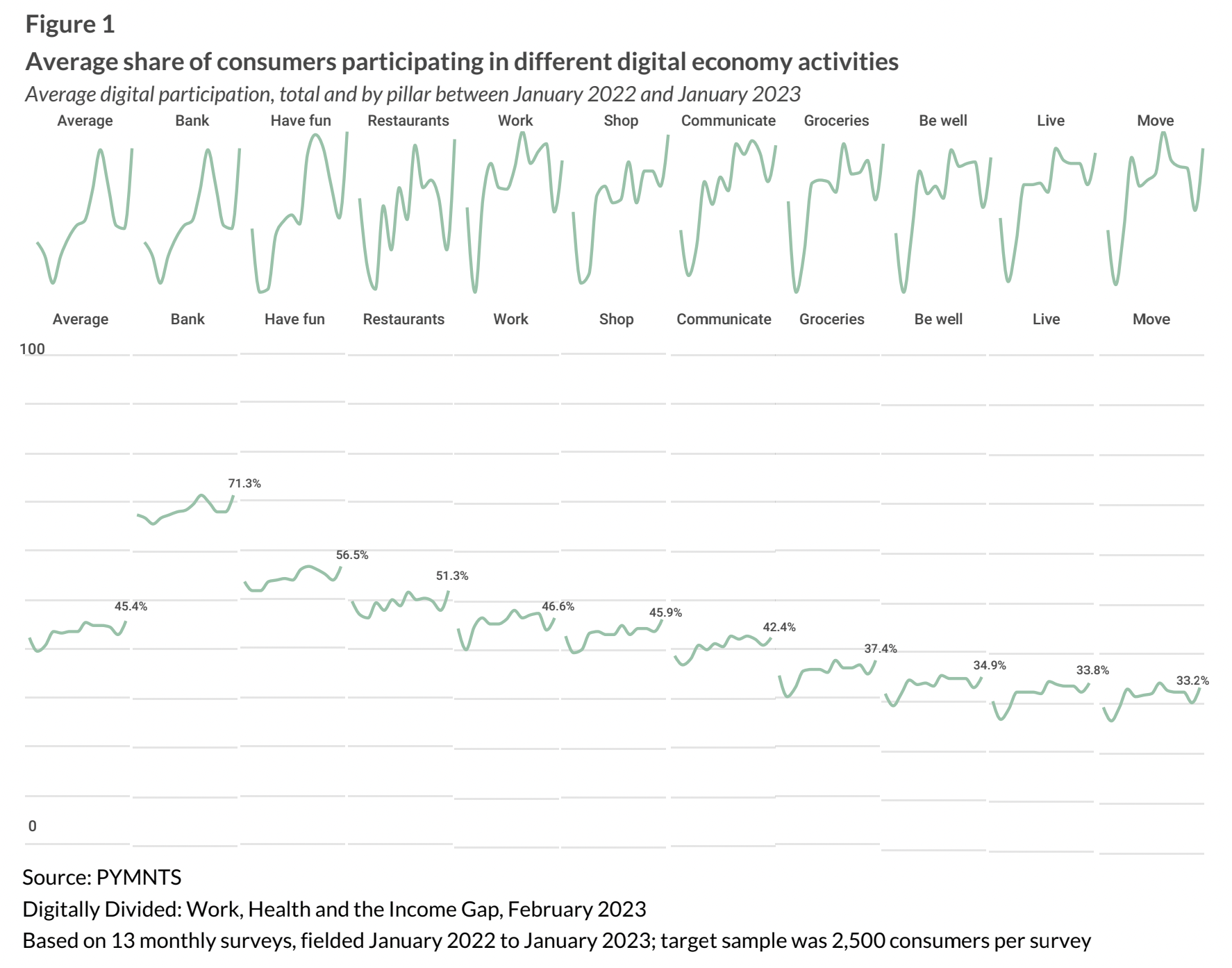
Consumers may be engaging more with eGrocery, but the sector continues to grow more slowly than online shopping overall, PYMNTS Intelligence indicates.
As PYMNTS’ Karen Webster points out in a recent feature, “PYMNTS Intelligence’s analysis of 15,000 consumers across 11 countries every quarter over the last three calendar years reveals that for every 10% increase in online shopping there is a 7% increase in using digital channels to shop for groceries and to access healthcare services.”

Grocers are doing everything in their power to drive digital engagement. For instance, multinational grocer Ahold Delhaize’s U.S. eCommerce arm, Peapod Digital Labs, announced Wednesday (Oct. 4) the launch of native apps for its banners, supplementing their existing mobile-optimized sites.
“Efficiency wasn’t the only priority,” Paul Yang, Peapod Digital Labs’ director of mobile engineering, said in a statement. “It’s also our aim to create a more modern interface with aesthetic representative of each of the brands, complete with animations to bring moments of delight into what is typically a transactional experience.”
It is not only grocers looking to drive adoption. Technology providers in the space are aiming to do the same. Grocery aggregator Instacart, for its part, just expanded its partnership with Mastercard, per an announcement Thursday (Oct. 5) by the payments giant, to offer perks to cardholders such as order discounts, reduced service fees and free trials of its delivery membership.
“This new embedded benefit builds on Instacart and Mastercard’s strong partnership, which includes powering shopper credit cards and co-branding our consumer credit card,” Heather Rivera, Instacart’s vice president of strategy, corporate development and partnerships, said in a statement. “Instacart has become an indispensable service for millions of customers across North America and we’re excited for cardholders to experience the ease and convenience of shopping with Instacart.”